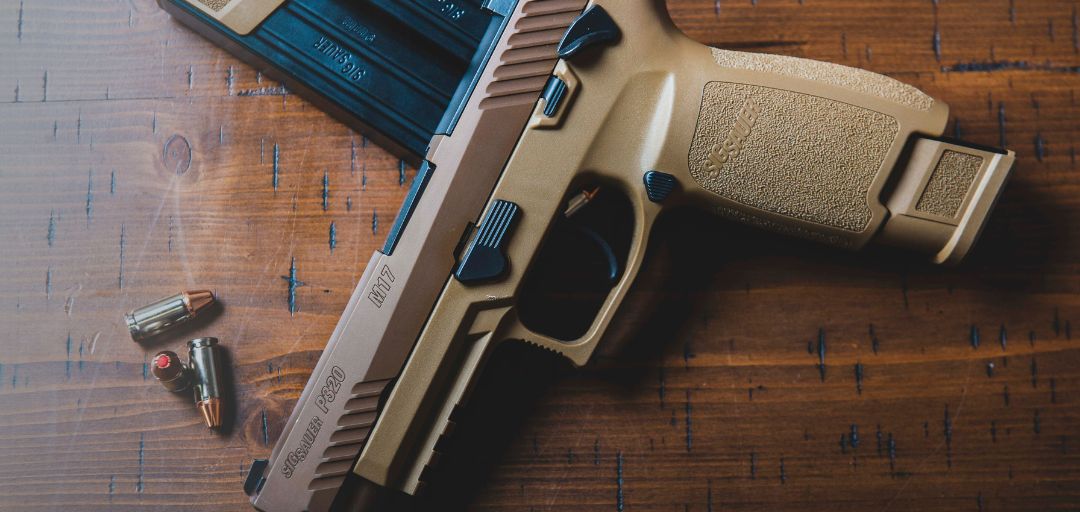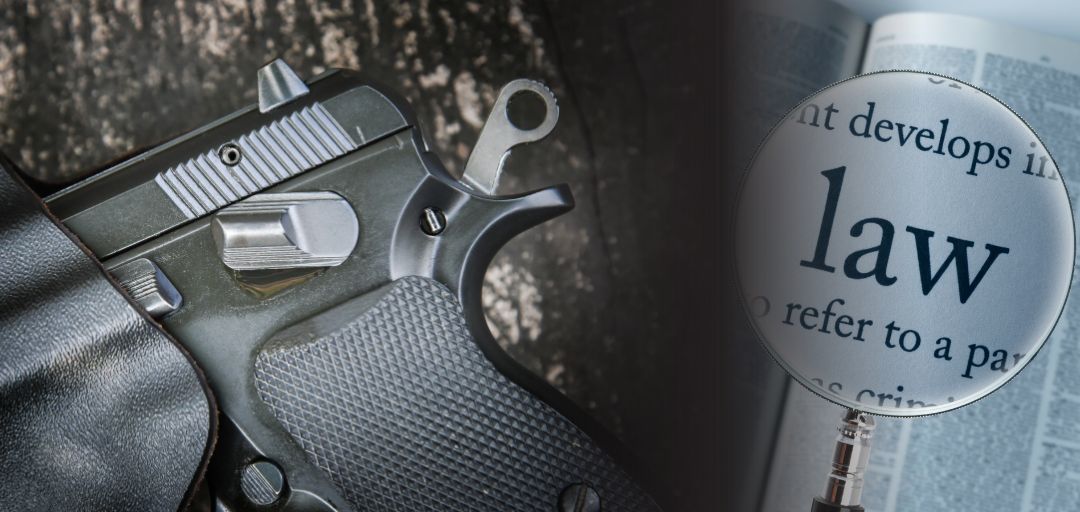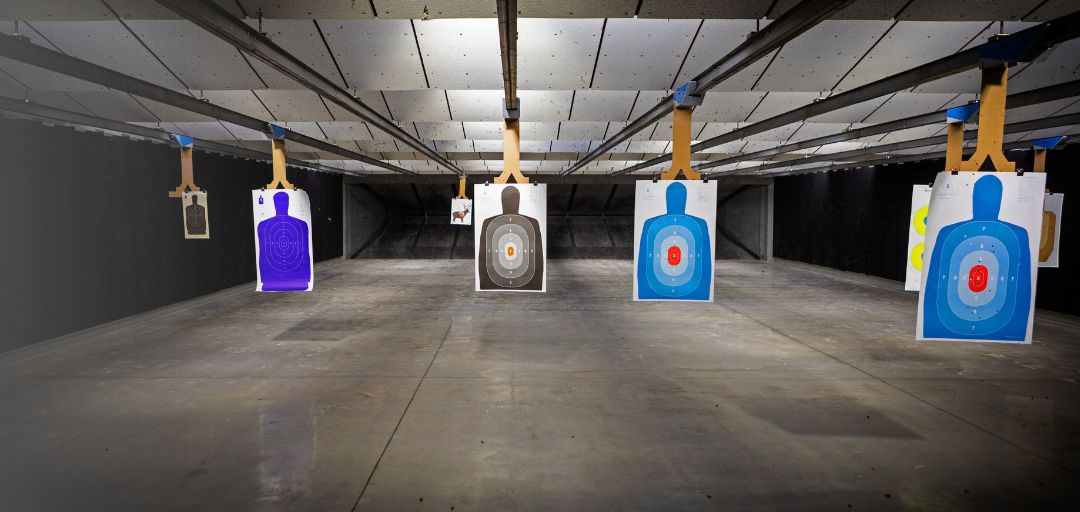Concealed carry is a significant responsibility, requiring not only the proper mindset and equipment but also a deep understanding of the techniques that ensure safety, accessibility, and effectiveness. While basic methods such as waistband carry or strong-side hip carry are widely discussed, more advanced concealed carry techniques cater to those seeking greater versatility, adaptability, and preparation for unique scenarios.
This article explores advanced concealed carry techniques, including off-body carry, deep concealment methods, and adapting to different environments like urban and rural settings. Whether you’re a seasoned carrier or looking to enhance your skills, mastering these advanced techniques can help you stay prepared for a variety of situations.
- Off-Body Carry: Pros, Cons, and Best Practices
What is Off-Body Carry?
Off-body carry refers to concealing a firearm in an accessory like a backpack, purse, briefcase, or dedicated carry bag rather than on your person. This technique offers discreet options for carrying in environments where traditional on-body methods may be impractical or uncomfortable.
Advantages
- Discretion: Firearms are concealed in everyday items, reducing the risk of printing.
- Comfort: Avoids discomfort associated with carrying on-body in certain attire or physical activities.
- Versatility: Suitable for carrying larger firearms that may be difficult to conceal on the body.
Disadvantages
- Access Time: Retrieving a firearm from a bag can take longer compared to on-body carry.
- Security Concerns: Increased risk of theft or unauthorized access if the bag is unattended.
- Complex Situations: Drawing from a bag can be more challenging in high-stress scenarios.
Best Practices for Off-Body Carry
- Choose Purpose-Built Bags: Invest in bags designed specifically for concealed carry, with compartments for quick access and secure retention (e.g., GunZees Range Bags).
- Train for Quick Access: Regularly practice drawing your firearm from the bag under realistic conditions.
- Always Maintain Control: Never leave your carry bag unattended to avoid unauthorized access or theft.
- Deep Concealment Methods: Carrying When Discretion is Paramount
What is Deep Concealment?
Deep concealment involves carrying a firearm in ways that prioritize maximum discretion, often in situations where traditional concealment may be compromised (e.g., formal attire, tight clothing, or professional environments).
Popular Deep Concealment Options
- Ankle Holsters
- Ideal for carrying smaller firearms.
- Best suited for backup guns rather than primary weapons.
- Practice drawing in seated and kneeling positions for effectiveness.
- Pocket Carry
- Utilizes holsters specifically designed for pockets to prevent printing and accidental discharge.
- Works well with small, lightweight firearms (e.g., compact revolvers or subcompact pistols).
- Belly Bands
- A versatile option that wraps around the torso, offering adjustable positions for carrying.
- Compatible with various clothing styles, including gym wear and business attire.
- Undergarment Holsters
- Designed for wear under clothing, such as bra holsters or compression shirts with built-in holsters.
- Provides excellent concealment but requires specialized training for efficient draws.
Tips for Deep Concealment
- Prioritize Comfort: Experiment with different methods to find one that suits your daily routine and body type.
- Practice Drawing: Regular training is essential to overcome the slower access associated with deep concealment.
- Consider Clothing Choices: Choose attire that minimizes printing while ensuring you can access your firearm quickly.
- Adapting to Different Environments: Urban vs. Rural Carry
Carrying in Urban Settings
Urban environments present unique challenges, such as dense crowds, tight spaces, and restricted carry zones. Here are strategies to enhance safety and effectiveness:
- Prioritize Concealment: Urban areas often require greater discretion. Choose holsters that minimize printing and blend seamlessly with your attire.
- Adapt to Movement: High-density environments demand techniques that allow you to move freely without revealing your firearm.
- Be Aware of Restricted Zones: Understand the laws and regulations governing places like public transportation, office buildings, and entertainment venues.
Recommended Gear
- Slim-profile IWB or appendix carry holsters for tight concealment.
- Clothing with layers to mask printing, such as jackets or blazers.
Carrying in Rural Settings
In rural areas, the emphasis shifts to accessibility and adaptability for open spaces, outdoor activities, and potential encounters with wildlife.
- Consider Open Carry: Many rural areas permit open carry, offering faster access to your firearm when discretion is less critical.
- Prioritize Retention: Choose holsters with strong retention systems to prevent accidental dislodgment during physical activities like hiking or farming.
- Plan for Harsh Conditions: Opt for holsters made of durable materials like Kydex that can withstand dirt, moisture, and extreme temperatures.
Recommended Gear
- OWB holsters with adjustable retention.
- Chest rigs or drop-leg holsters for outdoor activities.
- Mastering Situational Awareness
Regardless of the environment or technique, situational awareness is the cornerstone of effective concealed carry. Advanced carriers should focus on:
- Maintaining a Low Profile: Avoid behaviors that might draw attention to your firearm.
- Identifying Exits and Cover: Familiarize yourself with potential escape routes and cover in public spaces.
- Reading Body Language: Observe others for signs of potential threats or suspicious behavior.
- Training and Drills for Advanced Techniques
Regular Practice
To master advanced concealed carry techniques, dedicate time to:
- Practicing draws from alternative carry positions.
- Engaging in situational training that mimics real-world scenarios.
- Working with a qualified instructor to refine your skills.
Scenario-Based Training
Incorporate drills that simulate:
- Drawing from a seated position (e.g., in a vehicle or restaurant).
- Reacting to sudden threats in crowded areas.
- Transitioning between primary and backup firearms.
- Legal and Ethical Considerations
Advanced carriers must stay informed about the laws governing concealed carry in their area and adhere to ethical standards:
- Understand Reciprocity Laws: Know where your permit is valid and any restrictions that apply (e.g., Understanding Reciprocity Laws).
- Avoid Risky Behaviors: Practice de-escalation and prioritize avoidance over confrontation whenever possible.
- Know When to Use Force: Recognize the legal and moral implications of using your firearm in self-defense.
- Recommended Gear for Advanced Carriers
Investing in high-quality gear can enhance your concealed carry experience:
- Holsters: Consider options like GunZees Holster Pads for added comfort.
- Clothing: Explore tactical clothing with built-in concealed carry features.
- Accessories: Use gun belts, magazine carriers, and range bags to stay organized and prepared.
Conclusion
Advanced concealed carry techniques allow you to adapt your approach to a variety of scenarios, enhancing both your safety and confidence. By mastering off-body carry, deep concealment, and environmental adaptability, you’ll be better prepared to protect yourself and those around you.
Remember, practice and preparation are key. Regular training, combined with a commitment to staying informed, ensures you’re ready to handle the responsibilities of advanced concealed carry. For more insights and tips, explore the GunZee Blog and elevate your concealed carry expertise.



